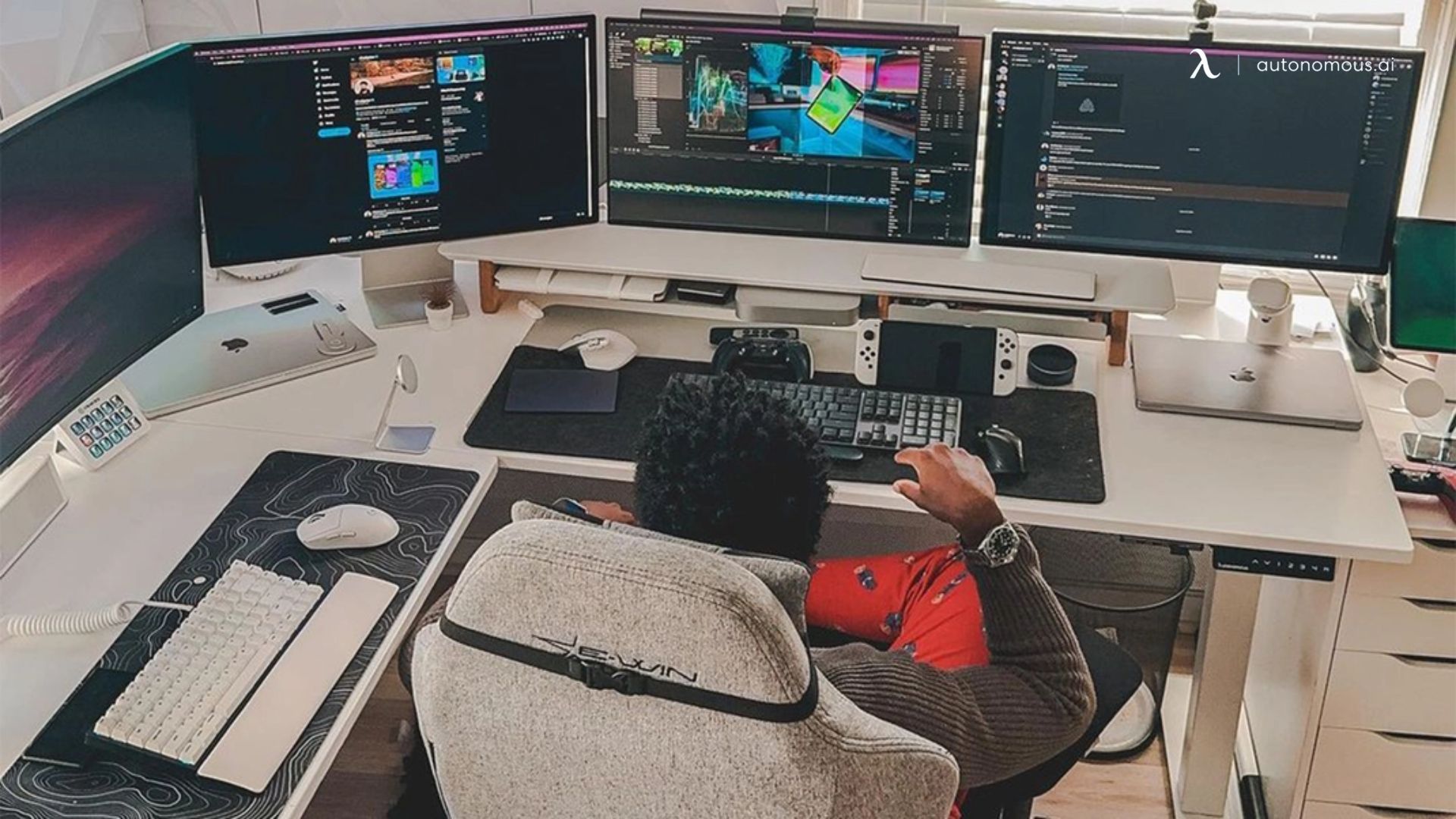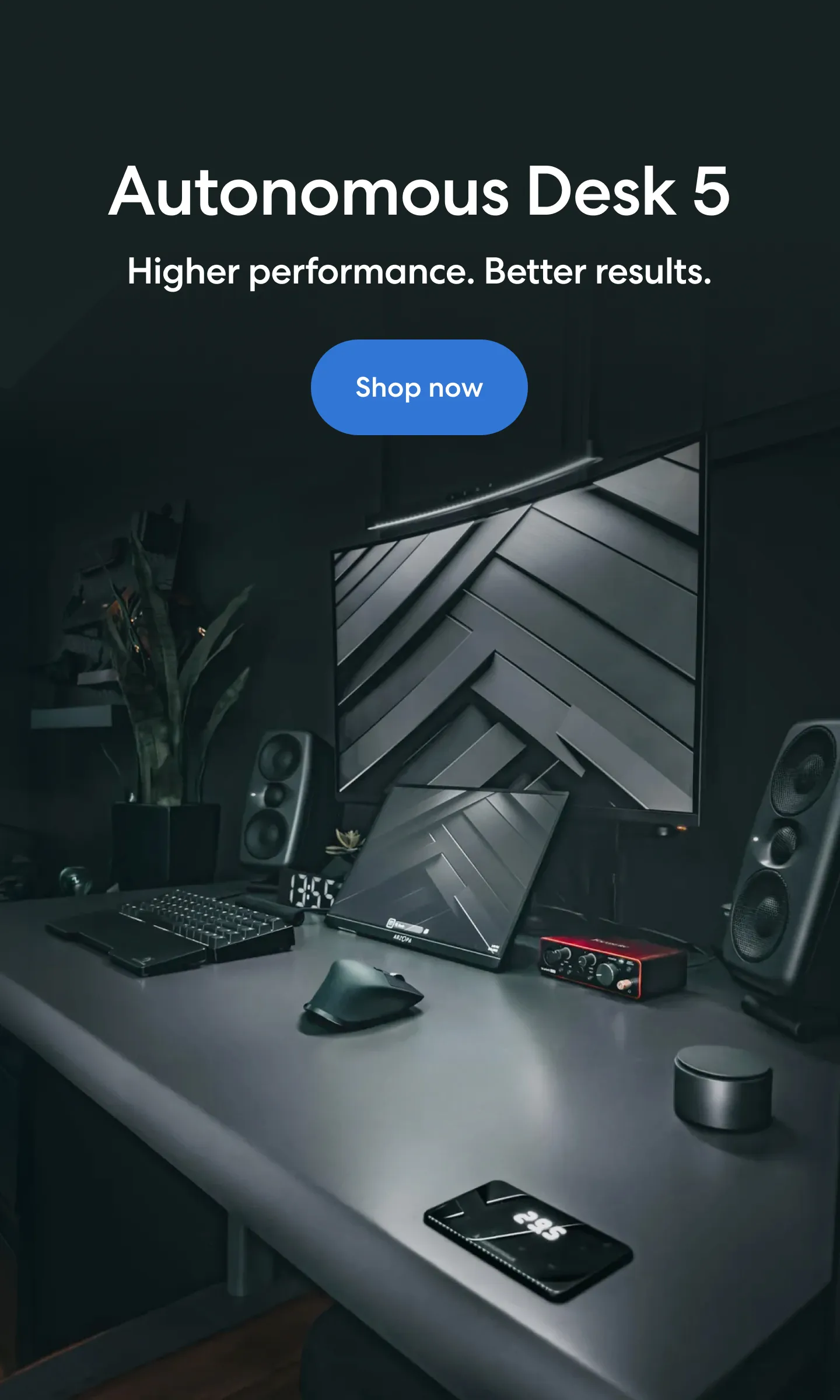.webp)
What Is Deep Work? A Framework for Focus in the Age of Distraction
Table of Contents
In an age where productivity tools multiply and attention spans shrink, the ability to focus without distraction has become a rare and valuable skill. Whether you're coding a new product, building a business, or creating meaningful art, your ability to go deep—to engage in work that demands your full attention—could be the greatest differentiator of your time. This is the essence of deep work.
What Is Deep Work?
Deep work definition: Deep work refers to the state of focused, uninterrupted engagement in a cognitively demanding task. Coined by computer science professor Cal Newport, the term emphasizes work done in a state of distraction-free concentration that pushes your cognitive capabilities to their limits.
Deep work's meaning goes beyond just "working hard." It's about creating an environment and a mindset that allows you to engage deeply with your task, removing all mental noise and interruptions.
Contrast this with shallow work: the quick replies, status checks, task juggling, and Zoom hopping that dominate many modern jobs. Shallow work keeps us busy but rarely moves the needle. Deep work is where the real value is created.

Why Deep Work Matters More Than Ever
In 2025, attention is under siege. Between Slack notifications, endless tabs, algorithmic distractions, and open-plan offices, maintaining focus is a constant battle. The result? Many workers stay busy all day yet feel like nothing meaningful gets done.
Here’s where the benefits of deep work come in:
- Accelerated learning: You grasp complex ideas faster.
- Higher output: Work done in a deep state is of higher quality and completed more efficiently.
- True creativity: Innovative thinking requires uninterrupted thought.
- A sense of purpose: Deep work brings satisfaction that shallow work never can.
Deep Work vs Productivity
While productivity is often measured by how much we do, deep work is measured by the depth of what we do. A full calendar or a long to-do list doesn't mean you’re doing meaningful work. Deep work flips that: fewer tasks, deeper impact.
Consider this: spending two hours writing undistracted code or editing a design file with full focus may produce more long-term value than eight hours of reactive, fragmented work. That’s the deep work method.
What Disrupts Deep Work?
Achieving deep work is hard. Here are some common obstacles:
- Internal noise: mental fatigue, emotional clutter, or poor physical health
- External noise: emails, notifications, background chatter, and meetings
- Environmental triggers: uncomfortable chairs, messy desks, or poor lighting
Even subtle distractions (like checking your phone for 10 seconds) create attention residue that makes it harder to return to flow.

How to Do Deep Work: The Framework
If you’re wondering how to do deep work, the key is to build both mental and physical systems that support full focus. Here's a simple and effective deep work formula to help you get started:
1. Time Block It
Schedule deep work like a non-negotiable meeting. Choose your brain’s prime time—often mornings—and reserve 60 to 90 minutes for uninterrupted focus. One method is the 90-minute block, inspired by ultradian rhythms. Another is the Pomodoro technique (4 cycles of 25 minutes work, 5 minutes rest). The goal is to train your mind to expect focused effort in predictable windows.
2. Set a Ritual
Create a personal ritual that signals it's time to go deep. Example: put on a lo-fi playlist, switch your phone to airplane mode, and start with one intention. These cues help your brain transition into deep focus mode faster and more reliably.
3. Eliminate Distractions
Go beyond muting notifications. Use tools like Freedom or Cold Turkey to block apps and websites. Put your phone in another room. If possible, work in a physical space that reduces noise and visual clutter.
4. Track Your Focus
Use a journal, spreadsheet, or smart workspace tools to log your sessions. Some setups even offer a Focus Score, combining posture, movement, and environmental cues to help you understand when you're truly locked in—and when you’re not.
Apps like the Liven app, BetterMe, Fabulous app, and Brainway app are also worth exploring if you're looking to build focus and track your productivity patterns more effectively.
5. Reflect and Repeat
End each session with a quick review. What helped you focus? What caused friction? Adjust your setup or schedule as needed. Deep work is a skill you build by repetition, not willpower.
The Role of Workspace in Deep Work
Your environment plays a major role in how deeply you can focus. It’s not just about turning off notifications—it’s about designing a space that supports mental clarity and physical comfort.
Start with your desk. If you’re serious about building a deep work habit, your environment shouldn’t just support focus—it should enhance it.
That’s where the Autonomous Desk Focus stands out. More than a height-adjustable desk, it’s an intelligent workspace that senses your presence, movement, and environment in real time—no wearables needed. It helps you stay in a deep state of concentration by giving feedback on your focus and even rewards you with FOCUS tokens for sustained productivity.
In a world full of digital distractions, the Autonomous Desk Focus becomes your physical anchor. It’s the desk that not only adjusts to your body, but also adapts to your mind.
Next is your chair. An ergonomic chair that supports your back and promotes upright posture can make hours of focus feel effortless. Slouching or shifting constantly pulls your attention away from the task. A well-designed chair makes you forget it’s even there.
Finally, if you truly want to go all in on deep work, a dedicated space like a WorkPod can be a game changer. Separated from your main living or office area, it becomes a physical cue for focus. Step into the pod, and your brain knows—it’s time to work. Together, your desk, chair, and space aren’t just furniture. They’re your foundation for flow.
Deep Work Examples in Daily Life
Deep work isn’t just for academics or tech founders—it shows up in many everyday professions where sustained focus leads to meaningful results. Whether you're solving problems, building something new, or simply trying to learn faster, deep work helps you do it better. Here are some real-world examples where deep focus makes a difference:
- Software developers writing and debugging complex code, often in 90-minute deep sprints to avoid mental fragmentation
- UI/UX designers refining layouts, typography, or animation flow—tasks that demand visual and cognitive alignment
- Writers and content creators drafting long-form articles, video scripts, or books without the ping of notifications breaking flow
- Students and researchers reviewing dense material or solving equations in focused sessions to absorb and apply new knowledge
- Entrepreneurs and strategists mapping business models, customer journeys, or pitches that require undivided thinking
- Data analysts and traders scanning charts, identifying patterns, or making high-impact decisions where mental clarity is crucial
- Architects and engineers conceptualizing new structures or solving technical challenges that need uninterrupted thought
- Marketing pros planning campaigns, writing persuasive copy, or analyzing audience behavior with strategic depth
In all these roles, deep work leads to higher quality, fewer errors, and often—the real breakthroughs.

FAQs
How long should a deep work session last?
Most deep work sessions range from 60 to 90 minutes. This timeframe aligns with the brain's natural attention span, allowing for high focus without burnout. After a session, a short break helps reset your concentration.
Can I train myself to get better at deep work?
Yes. Deep work is a skill that improves with consistency. Start small with 30–60 minute sessions, gradually increasing over time. Repetition builds your mental endurance and ability to enter flow faster.
Is deep work possible in a noisy or shared environment?
It’s harder but not impossible. Noise-canceling headphones, clear boundaries with others, and time-blocked focus sessions can help. If distraction is a constant issue, consider creating a dedicated space like a backyard office or pod.
Do I need to unplug completely to do deep work?
Not necessarily. While going offline can help, some deep work—like programming or design—requires access to tools or online references. The key is eliminating non-essential digital distractions, not going off-grid entirely.
What's the difference between flow and deep work?
Flow is a state of total immersion where time seems to disappear. Deep work is the structured practice that creates the conditions for flow to happen. Not every deep work session results in flow, but it increases the chances.
How do I know if I’ve done deep work successfully?
You’ll often feel mentally tired but satisfied, with measurable progress on a complex task. A good sign is when you lose track of time and produce something meaningful, whether it’s writing, code, or problem-solving.
Conclusion: Deep Work Is the Real Flex
In a world that rewards speed and busyness, depth is the true flex. Deep work isn't about grinding longer—it's about working smarter, sharper, and more meaningfully.
Whether you're a developer, designer, or dreamer, mastering deep work can help you produce better results in less time. With the right mindset and environment, your best work is always within reach.
.svg)

.webp)

.webp)







